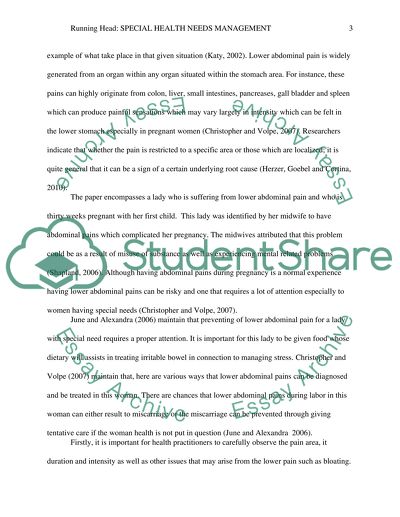Cite this document
(“Management of Adult or Child with Special Health Needs Case Study”, n.d.)
Retrieved from https://studentshare.org/nursing/1436746-management-of-adult-or-child-with-special-health
Retrieved from https://studentshare.org/nursing/1436746-management-of-adult-or-child-with-special-health
(Management of Adult or Child With Special Health Needs Case Study)
https://studentshare.org/nursing/1436746-management-of-adult-or-child-with-special-health.
https://studentshare.org/nursing/1436746-management-of-adult-or-child-with-special-health.
“Management of Adult or Child With Special Health Needs Case Study”, n.d. https://studentshare.org/nursing/1436746-management-of-adult-or-child-with-special-health.


